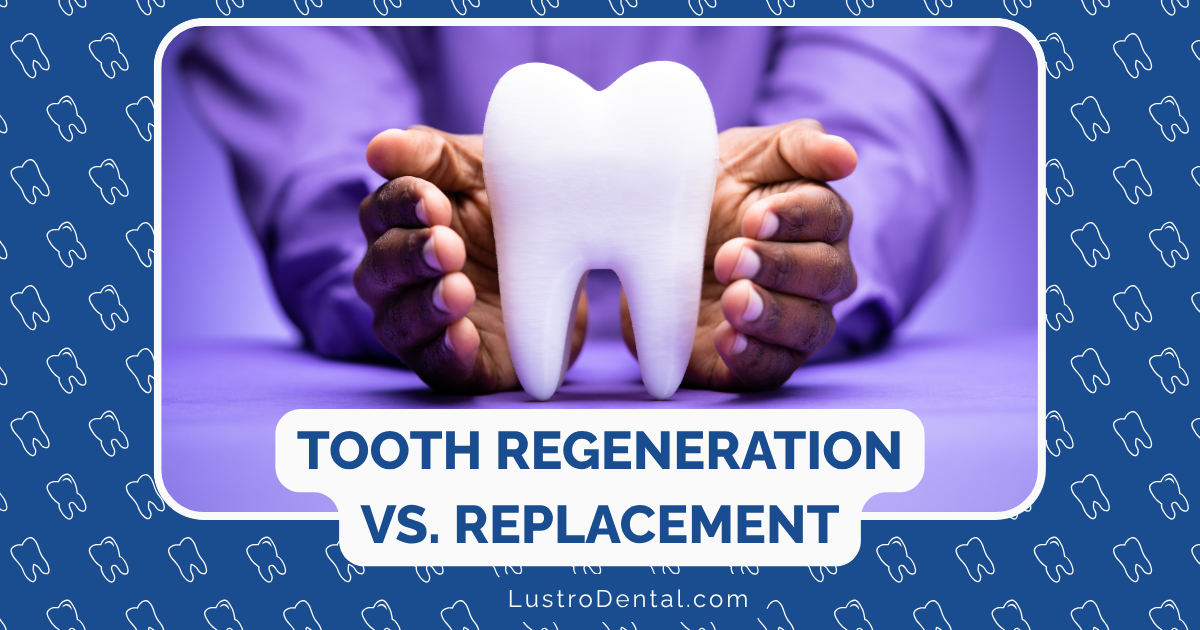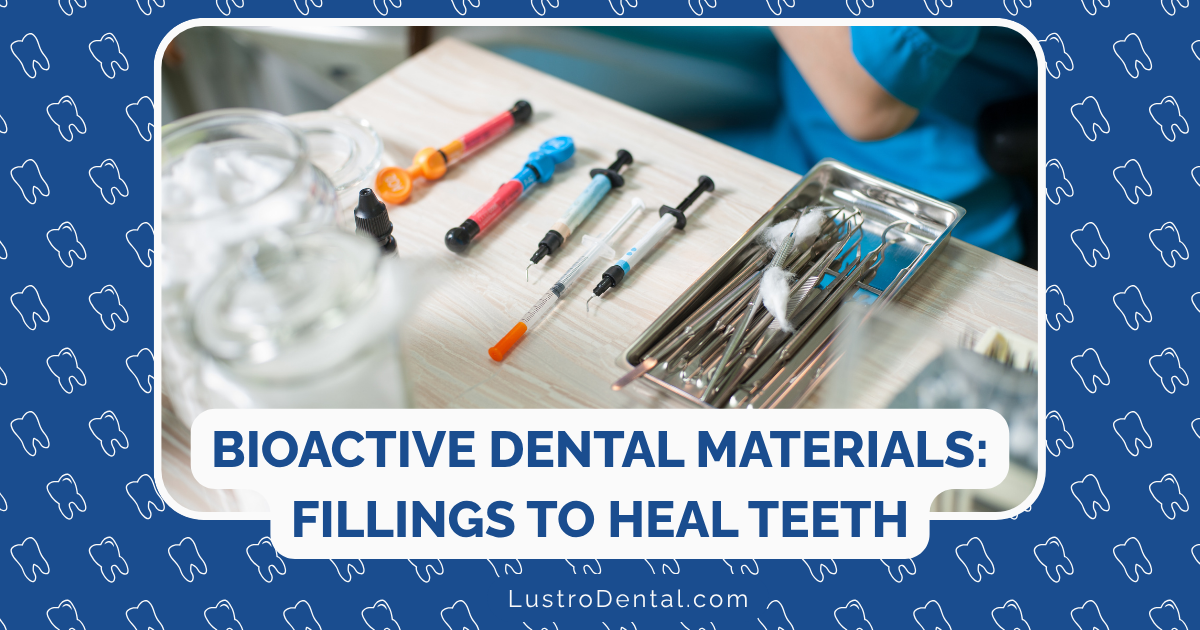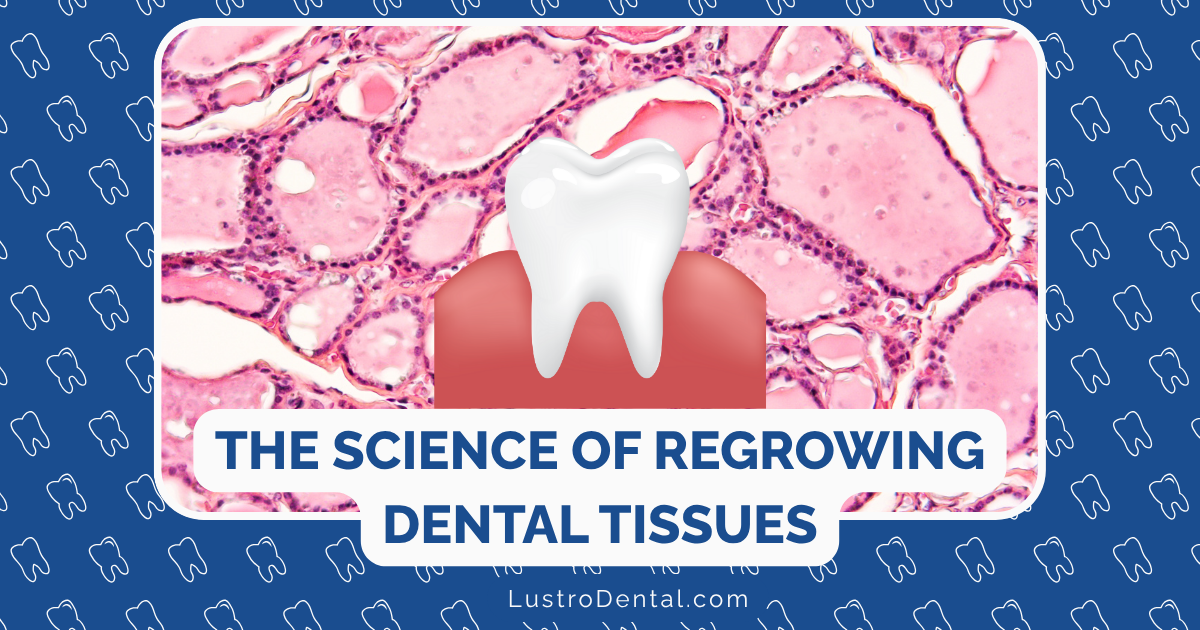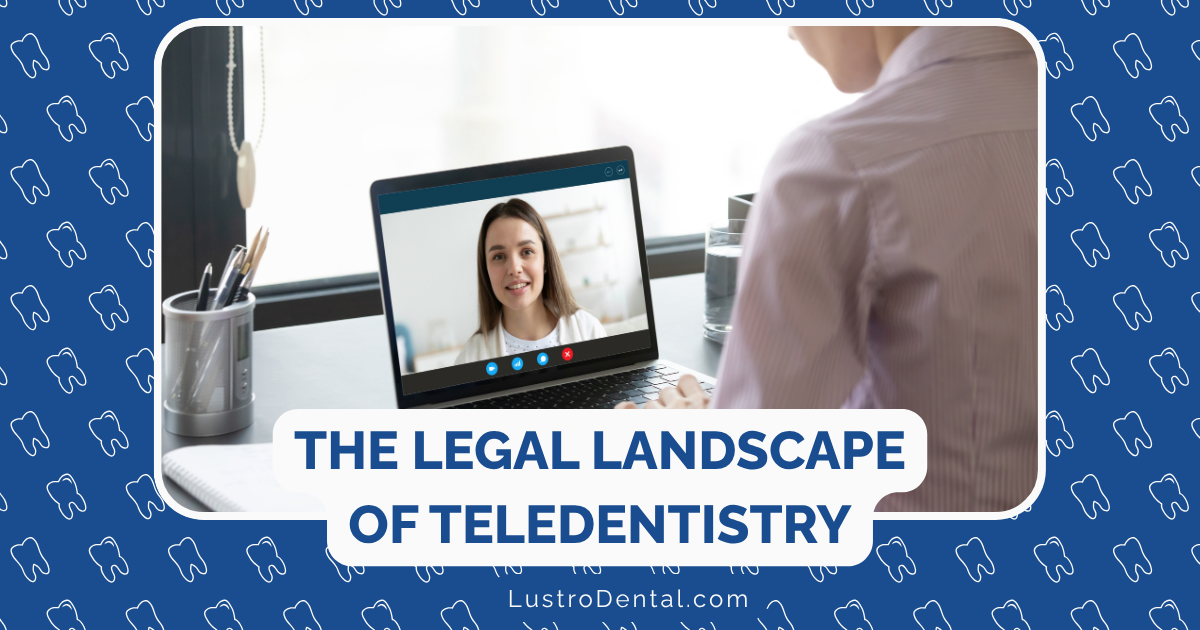Virtual Dental Visits: What Can and Cannot Be Accomplished Remotely
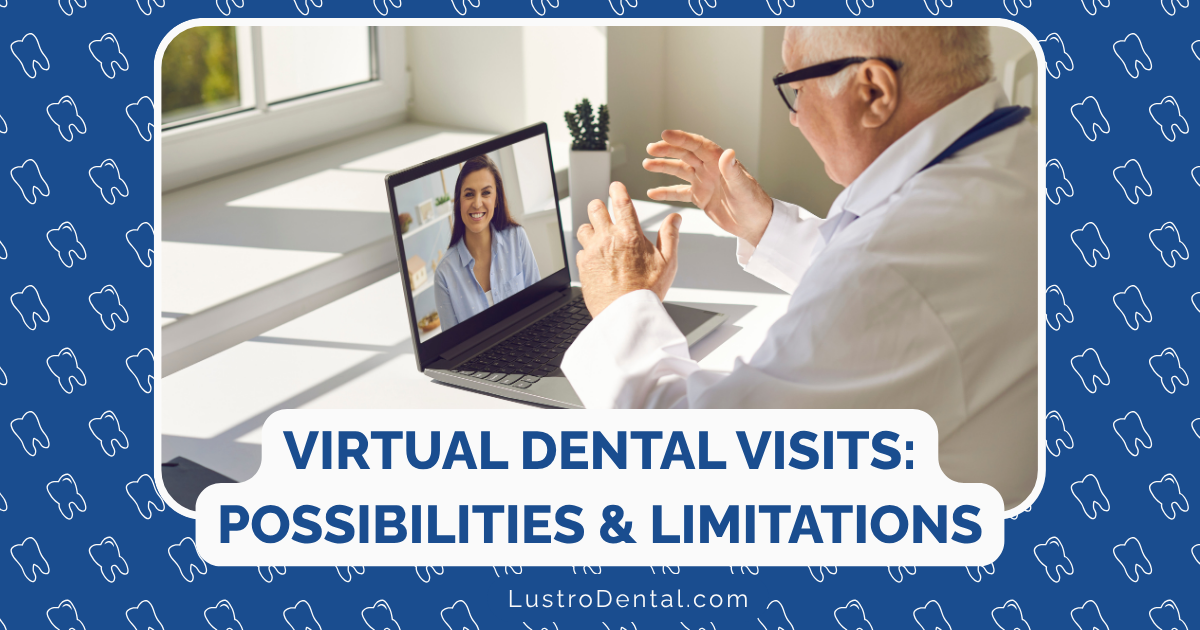
The COVID-19 pandemic accelerated the adoption of telehealth across all medical disciplines, including dentistry. While the concept of teledentistry—providing dental care through digital communication technologies—existed before the pandemic, it has now firmly established itself as part of the dental care landscape. However, as with any healthcare innovation, it’s essential to understand both the capabilities and limitations of virtual dental visits to use them appropriately and effectively.
As patients increasingly seek convenient care options and dental practices look to expand their service models, a clear understanding of what can and cannot be accomplished remotely becomes crucial. This comprehensive guide explores the realities of virtual dental care, helping both patients and practitioners navigate this evolving aspect of oral healthcare.
Understanding Teledentistry: The Basics
Before diving into capabilities and limitations, it’s important to understand what teledentistry encompasses.
What Is Teledentistry?
Teledentistry refers to the use of information technology and telecommunications for dental care, consultation, education, and public awareness. According to the American Dental Association, teledentistry can take several forms:
- Synchronous: Real-time interaction between patients and dental providers through video conferencing.
- Asynchronous: The transmission of recorded health information (such as radiographs, photographs, digital impressions) to a dental practitioner for evaluation.
- Remote Patient Monitoring: The collection and transmission of personal health data to a dental provider.
- Mobile Health: Healthcare and public health practice and education supported by mobile communication devices.
Dr. Sarah Johnson, who implemented teledentistry in her multi-location practice, explains: “Teledentistry isn’t meant to replace traditional in-person care entirely. Rather, it’s an additional tool that, when used appropriately, can enhance access to care, improve efficiency, and provide greater convenience for certain aspects of dental care.”
What Can Be Accomplished Through Virtual Dental Visits
Teledentistry offers significant capabilities across several domains of dental care:
1. Triage and Emergency Assessment
One of the most valuable applications of virtual dental visits is the initial assessment of dental emergencies:
- Pain Evaluation: Dentists can visually examine the affected area and discuss symptoms to determine the severity and urgency of dental pain.
- Trauma Assessment: Initial evaluation of dental injuries to determine the need for immediate in-person care.
- Swelling and Infection Screening: Visual assessment of facial swelling and other infection signs to determine appropriate next steps.
Research published in the Journal of the American Dental Association found that teledentistry triage could effectively identify true dental emergencies with 87% accuracy, potentially reducing unnecessary emergency visits while ensuring urgent conditions receive prompt in-person care.
2. Consultation and Treatment Planning
Virtual visits excel at facilitating discussions about treatment options:
- Treatment Explanations: Dentists can use screen sharing to review radiographs, intraoral photos, and treatment simulations.
- Specialist Consultations: General dentists can connect patients with specialists without requiring separate in-person visits.
- Pre-operative Discussions: Review of upcoming procedures, preparation instructions, and answering patient questions.
- Multi-disciplinary Planning: Coordination between different dental specialists for complex treatment cases.
Dr. Michael Chen, an orthodontist who regularly uses teledentistry, notes: “Virtual consultations allow me to review records, discuss treatment options, and answer questions efficiently. By the time patients come in for their in-person visit, they’re already well-informed and we can focus on specific clinical aspects that require hands-on evaluation.”
3. Follow-up Care and Monitoring
Post-treatment monitoring is particularly well-suited to teledentistry:
- Post-operative Checks: Visual assessment of healing following procedures.
- Orthodontic Monitoring: Review of tooth movement and appliance issues.
- Medication Management: Discussion of medication effectiveness and side effects.
- Recovery Guidance: Addressing concerns and providing additional home care instructions.
A study in the International Journal of Dental Hygiene found that 78% of routine post-operative follow-ups could be effectively conducted via teledentistry, saving patients time while maintaining quality of care.
4. Preventive Care and Education
Virtual visits offer excellent opportunities for education and preventive guidance:
- Oral Hygiene Instruction: Demonstration and assessment of brushing and flossing techniques.
- Nutritional Counseling: Discussion of dietary habits affecting oral health.
- Risk Assessment: Evaluation of factors contributing to dental disease.
- Preventive Recommendations: Personalized guidance on products and practices.
The Journal of Dental Education reported that patients receiving oral hygiene instruction via video consultation showed similar improvement in plaque scores compared to those receiving in-person instruction, suggesting the effectiveness of virtual education.
5. Administrative and Convenience Functions
Beyond clinical applications, virtual visits streamline administrative aspects:
- Pre-appointment Screening: Collection of medical history and dental concerns.
- Insurance Verification: Discussion of coverage and financial arrangements.
- Treatment Coordination: Planning sequence and timing of procedures.
- Prescription Management: Evaluation of the need for medications and sending electronic prescriptions.
What Cannot Be Accomplished Remotely: The Limitations
Despite its benefits, teledentistry has inherent limitations that must be recognized:
1. Diagnostic Limitations
The most significant constraint of virtual dental visits is the inability to perform comprehensive diagnostic procedures:
- Physical Examination: The tactile aspect of dental examination—feeling the texture of a tooth, testing mobility, or assessing the firmness of tissues—cannot be replicated virtually.
- Radiographic Assessment: While existing radiographs can be reviewed, new x-rays cannot be taken remotely.
- Diagnostic Testing: Procedures such as pulp vitality testing, periodontal probing, or percussion testing require in-person contact.
Dr. Lisa Rodriguez, a general dentist with extensive teledentistry experience, emphasizes: “A virtual examination is inherently limited. I can see obvious issues like fractured teeth or significant swelling, but subtle conditions like early interproximal decay or hairline fractures are impossible to diagnose without an in-person examination and appropriate diagnostic imaging.”
Research in the Journal of Telemedicine and Telecare found that while teledentistry was effective for identifying obvious conditions, it missed approximately 27% of dental pathologies that were subsequently identified during in-person examinations, highlighting the need for caution in remote diagnosis.
2. Treatment Execution
The most obvious limitation is the inability to perform hands-on procedures:
- Restorative Procedures: Fillings, crowns, and other restorations require physical intervention.
- Surgical Procedures: Extractions, implant placement, and other surgical interventions cannot be performed remotely.
- Dental Cleanings: Professional prophylaxis and scaling/root planing require in-person care.
- Adjustments and Repairs: Physical modifications to dental appliances or prosthetics.
3. Comprehensive Assessment Limitations
Some aspects of a complete dental assessment cannot be adequately performed virtually:
- Periodontal Evaluation: Proper assessment of periodontal health requires probing and direct examination.
- Occlusal Analysis: Bite relationships and functional movements cannot be thoroughly evaluated remotely.
- Soft Tissue Screening: Comprehensive oral cancer screening requires physical examination of oral tissues.
- Temporomandibular Joint Assessment: Proper evaluation of jaw joint function requires hands-on examination.
The American Academy of Periodontology has noted that while teledentistry can supplement periodontal care, it cannot replace the comprehensive clinical assessment necessary for proper diagnosis and treatment of periodontal disease.
4. Technical and Practical Barriers
Beyond clinical limitations, several practical factors can constrain teledentistry effectiveness:
- Image Quality Limitations: Consumer cameras may not provide sufficient detail for subtle clinical findings.
- Connectivity Issues: Poor internet connections can disrupt consultations and affect image quality.
- Technology Access Disparities: Not all patients have access to the necessary technology or digital literacy.
- Lighting and Positioning Challenges: Proper visualization may be difficult in home environments.
A survey published in the Journal of Dental Research found that approximately 23% of teledentistry appointments experienced technical difficulties significant enough to impact clinical assessment, highlighting the importance of technological reliability.
5. Regulatory and Legal Considerations
Various regulatory factors may limit teledentistry implementation:
- Licensure Restrictions: Many states require dentists to be licensed in the patient’s state of residence.
- Scope of Practice Limitations: Regulations regarding what procedures can be prescribed or guided remotely.
- Insurance Coverage Variability: Inconsistent reimbursement policies for virtual dental services.
- Liability Concerns: Potential legal issues related to standard of care in remote assessment.
The American Teledentistry Association notes that while regulatory frameworks are evolving to accommodate teledentistry, significant variations exist between jurisdictions, creating a complex compliance landscape.
Best Practices: Using Teledentistry Appropriately
Understanding when and how to use teledentistry effectively is essential for both providers and patients:
For Dental Professionals
Implementing teledentistry successfully requires thoughtful protocols:
1. Clear Patient Communication
- Explicitly discuss the limitations of virtual visits
- Establish criteria for when in-person evaluation is necessary
- Document discussions about teledentistry limitations
- Provide written follow-up instructions after virtual consultations
2. Appropriate Case Selection
- Develop guidelines for suitable vs. unsuitable conditions for teledentistry
- Implement screening questions to identify appropriate virtual visit candidates
- Establish protocols for converting virtual visits to in-person appointments when needed
- Consider hybrid approaches that combine virtual and in-person elements
Dr. James Wilson, who developed teledentistry protocols for a large dental group, advises: “The key is being very clear about what can and cannot be accomplished virtually. We’ve developed specific criteria for different types of dental concerns, helping our team consistently determine when teledentistry is appropriate and when patients need to be seen in person.”
3. Documentation and Risk Management
- Maintain comprehensive records of virtual consultations
- Document the rationale for recommendations made during virtual visits
- Clearly communicate follow-up plans and contingencies
- Implement appropriate consent processes for teledentistry
The Dental Risk Management Association recommends that practices develop specific informed consent documents for teledentistry that clearly outline its limitations and the potential need for subsequent in-person evaluation.
For Patients
Patients can maximize the benefits of teledentistry by understanding its appropriate use:
1. Preparation for Virtual Visits
- Ensure good lighting and camera positioning
- Have a flashlight available for better intraoral visualization
- Prepare to describe symptoms specifically and chronologically
- Have a list of current medications and relevant medical history
2. Understanding Limitations
- Recognize that definitive diagnosis often requires in-person examination
- Be prepared for the possibility of being referred for an in-person visit
- Understand that emergency symptoms may require immediate in-person care
- Recognize technology limitations in capturing subtle dental conditions
3. Follow-up Compliance
- Adhere to recommended in-person follow-up appointments
- Report any worsening symptoms promptly
- Follow home care instructions provided during virtual consultations
- Maintain regular in-person comprehensive examinations
The Future of Virtual Dental Visits
As technology evolves, the capabilities of teledentistry continue to expand:
Emerging Technologies Enhancing Teledentistry
Several innovations are addressing current limitations:
- Intraoral Cameras for Home Use: Specialized cameras that provide higher-quality images for remote assessment.
- AI-Enhanced Diagnostic Tools: Artificial intelligence algorithms that help identify potential issues from submitted images.
- Remote Monitoring Devices: Tools that collect and transmit clinical data such as brushing effectiveness or appliance wear.
- Augmented Reality Guidance: Technology that helps patients or auxiliary personnel perform basic procedures under remote guidance.
Research from the International Journal of Dental Technology suggests that the combination of high-definition intraoral cameras and AI-assisted screening could potentially increase remote diagnostic accuracy by up to 40% for certain conditions.
Integration with In-Person Care
The most promising future for teledentistry lies in its integration with traditional care:
- Hybrid Care Models: Alternating between virtual and in-person visits based on clinical needs.
- Pre-Visit Screening: Using virtual consultations to prepare for more efficient in-person appointments.
- Technician-Assisted Teledentistry: Models where dental auxiliaries facilitate remote consultations with dentists.
- Specialist Collaboration: Real-time consultation between general dentists and specialists during patient appointments.
Dr. Emily Martinez, Director of the Digital Dentistry Institute, predicts: “The future isn’t about choosing between virtual and in-person care—it’s about creating integrated care pathways that leverage the strengths of each approach. We’re moving toward models where teledentistry and traditional care work together seamlessly rather than as separate alternatives.”
Conclusion: Finding the Right Balance
Virtual dental visits represent a valuable addition to the oral healthcare landscape, offering significant benefits in accessibility, convenience, and efficiency. However, their appropriate use requires a clear understanding of their capabilities and limitations.
For dental professionals, teledentistry provides tools to extend care beyond the physical practice, enhance patient communication, and improve efficiency. For patients, virtual visits offer convenience, reduced travel time, and potentially lower barriers to accessing dental guidance.
The key to successful implementation lies in using teledentistry for what it does best—triage, consultation, education, and follow-up—while recognizing when in-person care is necessary for diagnosis, treatment, and comprehensive assessment. By understanding these distinctions, both providers and patients can make informed decisions about when virtual dental visits are appropriate and when traditional in-person care is required.
As technology continues to evolve and regulatory frameworks mature, the capabilities of teledentistry will likely expand. However, the fundamental principle remains: virtual dental visits should complement rather than replace traditional care, with both approaches working together to improve oral health outcomes.
Have you experienced a virtual dental visit? What was your experience like? Share your thoughts in the comments below!


